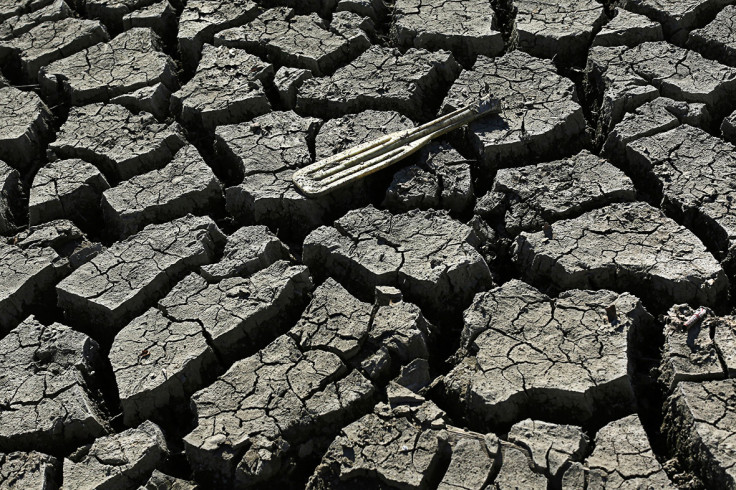The 'blob' causing mayhem with US weather

A huge patch of warm water off the US West Coast known as "the blob" is – in part – responsible for chaotic weather patterns seen in recent years, a study has found.
The patch of warm water, which is 300ft deep and stretches for 1,000 miles in every direction, was discovered in June 2014.
Nick Bond, a climate scientist at the UW-based Joint Institute for the Study of the Atmosphere and Ocean, explained: "In the fall of 2013 and early 2014 we started to notice a big, almost circular mass of water that just didn't cool off as much as it usually did, so by spring of 2014 it was warmer than we had ever seen it for that time of year."
Now, scientists have said the blob has led to warm and dry weather in the west, and snowy cold conditions on the east.
Currently, the blob is located about 1,000 miles offshore from Mexico, with temperatures about 2C warmer than normal – it is thought the blob will remain until the end of the year.
The study, which will be published in Geophysical Research Letters, looks at where the blob came from and what effect it had on the weather. Findings show it is related to a persistent high-pressure ridge that resulted in the ocean being calmer over the last two winters. This meant less heat was lost to the cold air above.
Researchers say the blob affected marine life because it disrupted the food web, while on land it caused – in part – the current drought conditions in California, with the air passing over warmer water bringing more heat with it.
In turn it also could be responsible for the extremely cold winters seen on the East Coast.
Bond said that it does not appear climate change is responsible for the blob, but said it could be indicative of future events: "This is a taste of what the ocean will be like in future decades. It wasn't caused by global warming, but it's producing conditions that we think are going to be more common with global warming."
© Copyright IBTimes 2025. All rights reserved.






















